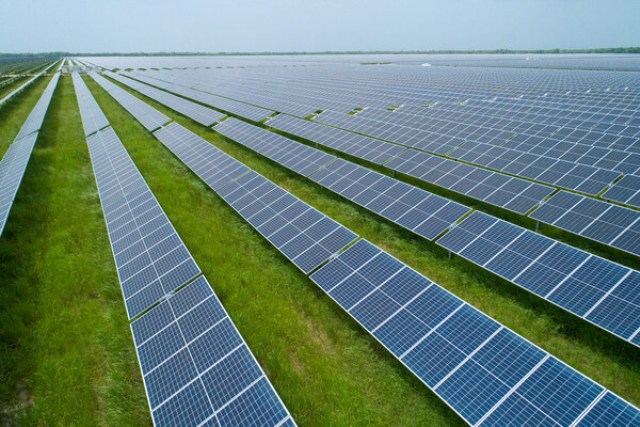The U.S. Energy Information Administration (EIA) projects significant growth in renewable energy, particularly solar power, amid a broader energy landscape shaped by declining oil prices and shifts in natural gas markets.
The contribution of renewable energy to U.S. electricity generation is projected to steadily increase from 2024 through 2026, according to the U.S. Energy Information Administration’s Short-Term Energy Outlook from July 2025. In 2024, renewables are expected to account for 23 percent of total electricity generation. This share rises to 25 percent in 2025 and further to 26 percent in 2026, reflecting a gradual but consistent shift toward cleaner energy sources.
While global oil supply continues to increase and Brent crude prices are expected to fall to $58 per barrel by 2026, the focus in electricity generation is turning sharply toward renewables. EIA forecasts that solar electricity generation will rise by 34 percent in summer 2025 compared to summer 2024, followed by an additional 19 percent increase in summer 2026. This rapid growth positions solar to surpass wind as the leading source of renewable electricity generation by next year.
The expansion of solar power is part of a broader energy transition supported by policy changes and market dynamics, including higher wholesale electricity prices influenced by natural gas trends. Despite lower forecasts for natural gas prices, they remain well above the historic lows of 2024, contributing to increased wholesale electricity costs. However, the growth of renewables, particularly solar, is expected to help moderate the impact of fossil fuel price volatility in the power sector.
With increased deployment of solar capacity and stable gains in wind power, the U.S. electricity mix is rapidly diversifying. This transition is also being shaped by trade policy adjustments and revised export strategies, including the resumption of U.S. ethane exports to China, which may indirectly support clean energy development by enabling shifts in industrial feedstocks. As the U.S. energy landscape evolves, renewable energy is emerging as a cornerstone of future electricity generation, helping reduce emissions and enhance energy security.
Despite this growth in renewable energy, U.S. carbon dioxide emissions are projected to remain flat at 4.8 billion metric tons annually over the same period. This suggests that the emissions reductions from increased renewable use may be offset by other factors, such as persistent fossil fuel use in other sectors or increased energy demand overall. The data highlights both progress in renewable energy adoption and the continuing challenges in significantly lowering national emissions.
EIA), in its July Short-Term Energy Outlook, has revised its oil price forecasts upward due to geopolitical uncertainty from conflicts in the Middle East. Brent crude oil is now expected to average $69 per barrel in 2025 and decline to $58 in 2026, reflecting expectations that global oil supply will outpace demand. In response to lower oil prices, U.S. crude oil production is projected to slightly decline, averaging about 13.4 million barrels per day in both 2025 and 2026.
Despite changes in oil forecasts, gasoline prices are expected to decrease gradually, averaging $3.10 per gallon in 2025 and $3.00 in 2026. The agency also revised projections for ethane production and exports following the U.S. Commerce Department’s decision to lift export restrictions to China, enabling renewed trade with Chinese petrochemical firms.
U.S. natural gas storage is trending above average, with inventories projected to be 5 percent higher entering the winter season. Natural gas prices are forecast to average $3.40 per MMBtu in Q3 and $3.70 for the year, both lower than previous estimates. Nonetheless, these prices are expected to drive a 12 percent increase in wholesale electricity prices this summer compared to last year.
Baburajan Kizhakedath

